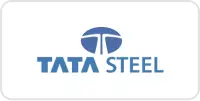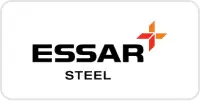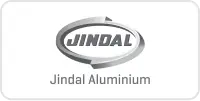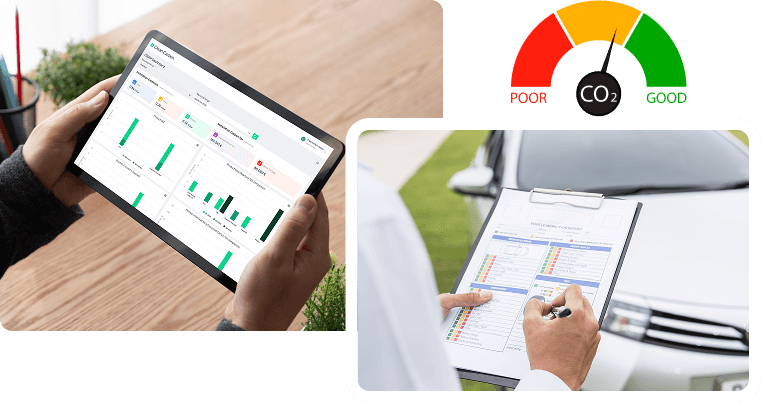Get Your Green
Steel Taxonomy Rating
Based on India’s Official Green Steel Taxonomy
Call to understand more
Trusted by Iron and Steel leaders
Join a growing network of successful exporters across steel, cement, aluminium, and more.







Show the World You Make Cleaner, Greener Steel
India’s Ministry of Steel now gives official Green Ratings and Carbon intensity thresholds for steel based on how low your plant’s carbon emissions are. CleanCarbon.ai helps you measure, calculate, and get certified easily.
Accurate Green Steel Taxonomy Rating for Steel Exporters
- Expert CBAM Reporting
- Verified and Validated report
- CBAM Consulting & software
- Reduce your Carbon Tax

What is Green Steel Taxonomy Rating?
Carbon intensity thresholds for steel.
Your steel is rated based on how much carbon it emits per tonne, compared to the government benchmark of 2.2 tCO₂e per tonne of finished steel.
5-Star
4-Star
3-Star
No Rating

How Your Rating is Calculated?
Calculate emissions up to finished steel production as per the Ministry of Steel and NISST.
- Scope 1:
Direct plant emissions
- Scope 2:
Energy consumption
- Limited Scope 3:
Sintering, pellet making, coke, raw material emissions
- Does not include mining or transportation
What’s in Your Certificate?
- Plant Name
- CO₂ Emissions per tonne
- Green Score (%)
- Star Rating (3–5 stars)
- Certified quantity of steel
Who Can Apply?
- Integrated steel plants
- Re-rolling units
- Secondary and alloy steel makers
- MSMEs in the steel sector
How Much Green Steel Taxonomy in India Cost?
(As per Ministry of Steel)
₹10,000
₹1,000
1 year
validity
(or more frequent if needed)
Why It Matters?
Simple process. Fast results. Trusted support.
Stand out as a green steel producer
Attract new buyers and investors
Access green loans and incentives
Support India’s climate goals
Unlock new business opportunities
Stay ahead in climate conscious world
What CleanCarbon.ai
Does?
Simple process. Fast results. Trusted support.
- Helps you track emissions using official rules
- Calculates your green rating automatically
- Guides you in getting certified by NISST
- Supports easy data collection from your plant

FAQ
What is the Green Steel Taxonomy in India?
The Green Steel Taxonomy is a classification framework developed by the Government of India to define what qualifies as “green” or low-carbon steel. It sets clear guidelines and benchmarks for steel production based on carbon intensity—the amount of CO₂ emitted per tonne of steel produced. This initiative aims to accelerate India’s transition toward sustainable and low-emission steelmaking practices in line with global climate goals.
Why has India introduced a Green Steel Taxonomy?
India introduced the Green Steel Taxonomy to:
- Promote cleaner technologies in steel manufacturing.
- Encourage transparency in reporting carbon emissions.
- Align with global decarbonization efforts, especially under mechanisms like CBAM.
- Support exporters in maintaining access to markets such as the EU, where carbon footprint reporting is now mandatory.
It is part of India’s strategy to achieve net-zero emissions by 2070.
What are the carbon intensity thresholds for steel production?
The carbon intensity thresholds define the maximum amount of CO₂ emissions allowed per tonne of crude steel for it to be categorized as “green.” While specific benchmarks may vary by production process (Blast Furnace-Basic Oxygen Furnace, Electric Arc Furnace, etc.), the goal is to gradually reduce emissions through cleaner energy sources, efficient technologies, and increased scrap usage. The thresholds will tighten over time to push the industry toward net-zero steelmaking.
How does the Green Steel Taxonomy affect steel producers in India?
For steel producers, the taxonomy means:
- They must measure and disclose their carbon intensity.
- They need to adopt cleaner technologies and optimize processes.
- Access to green financing and export markets may depend on their “green steel” classification.
In essence, the taxonomy will separate sustainable producers from high-emission ones, influencing investment and trade opportunities.
What is the difference between Green Steel Taxonomy and carbon intensity standards?
The Green Steel Taxonomy is a broader classification framework that defines what qualifies as green production based on emissions thresholds. In contrast, carbon intensity standards are the quantitative benchmarks that measure how much CO₂ is emitted during production. In short — carbon intensity standards form the basis of measurement, while the taxonomy provides the regulatory definition and recognition of green steel.
How will the India Green Steel Taxonomy benefit exporters?
Exporters will benefit from the Green Steel Taxonomy by:
- Enhancing credibility in global markets with verifiable green credentials.
- Reducing CBAM-related costs by demonstrating low embedded emissions.
- Accessing green financing and preferential trade opportunities.
- Staying compliant with EU and other international carbon regulations.
Overall, it helps Indian exporters position themselves as sustainable suppliers in the global steel value chain.
When will the Green Steel Taxonomy be implemented in India?
The implementation is currently under development, led by the Ministry of Steel in collaboration with the Ministry of Environment, Forest and Climate Change (MoEFCC) and NITI Aayog. A draft version of the taxonomy has been proposed, and full-scale implementation is expected to begin within the next 1–2 years, aligning with India’s National Green Hydrogen Mission and broader decarbonization roadmap.
How can steel producers prepare for Green Steel Taxonomy compliance?
Steel producers can prepare by:
- Measuring and documenting carbon intensity across production stages.
- Adopting renewable energy and green hydrogen in steelmaking.
- Investing in low-emission technologies like EAFs or DRI with clean power.
- Partnering with sustainability experts like CleanCarbon.ai to track, verify, and report emissions accurately.
- Our News latter
